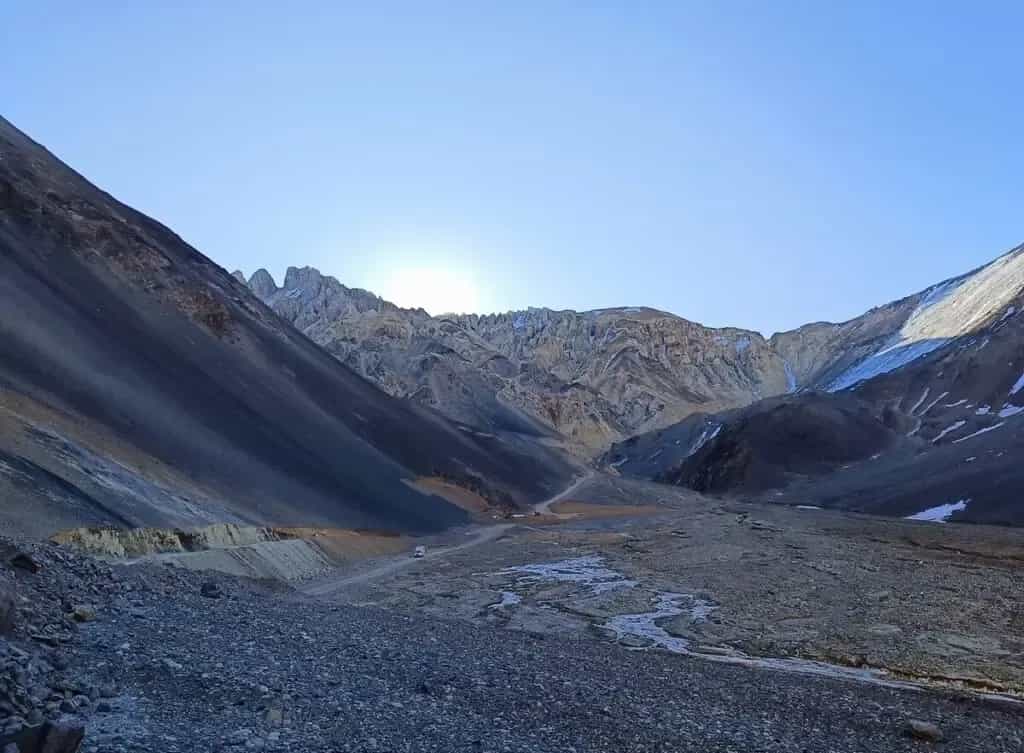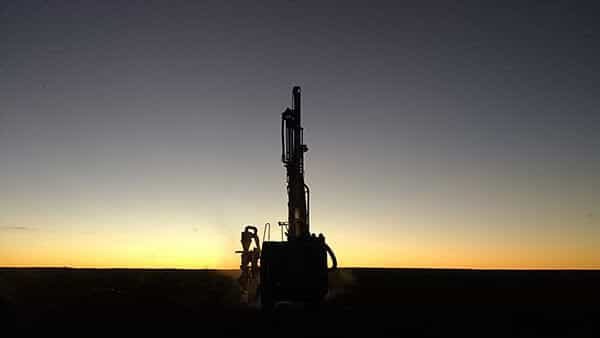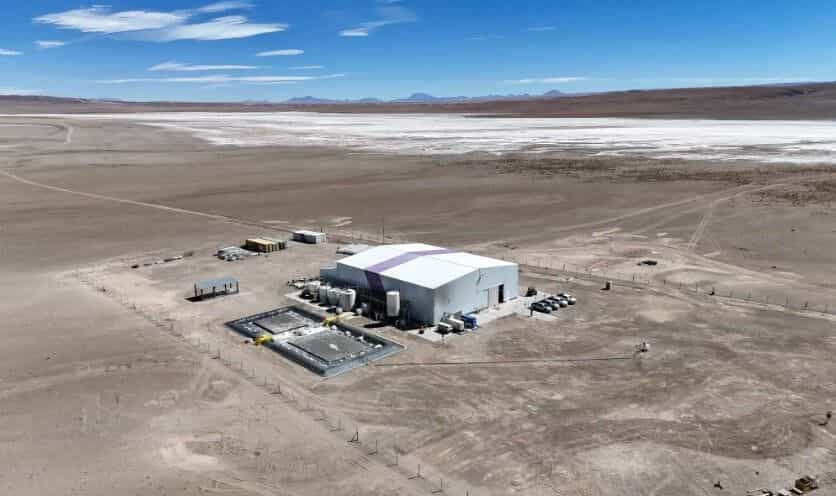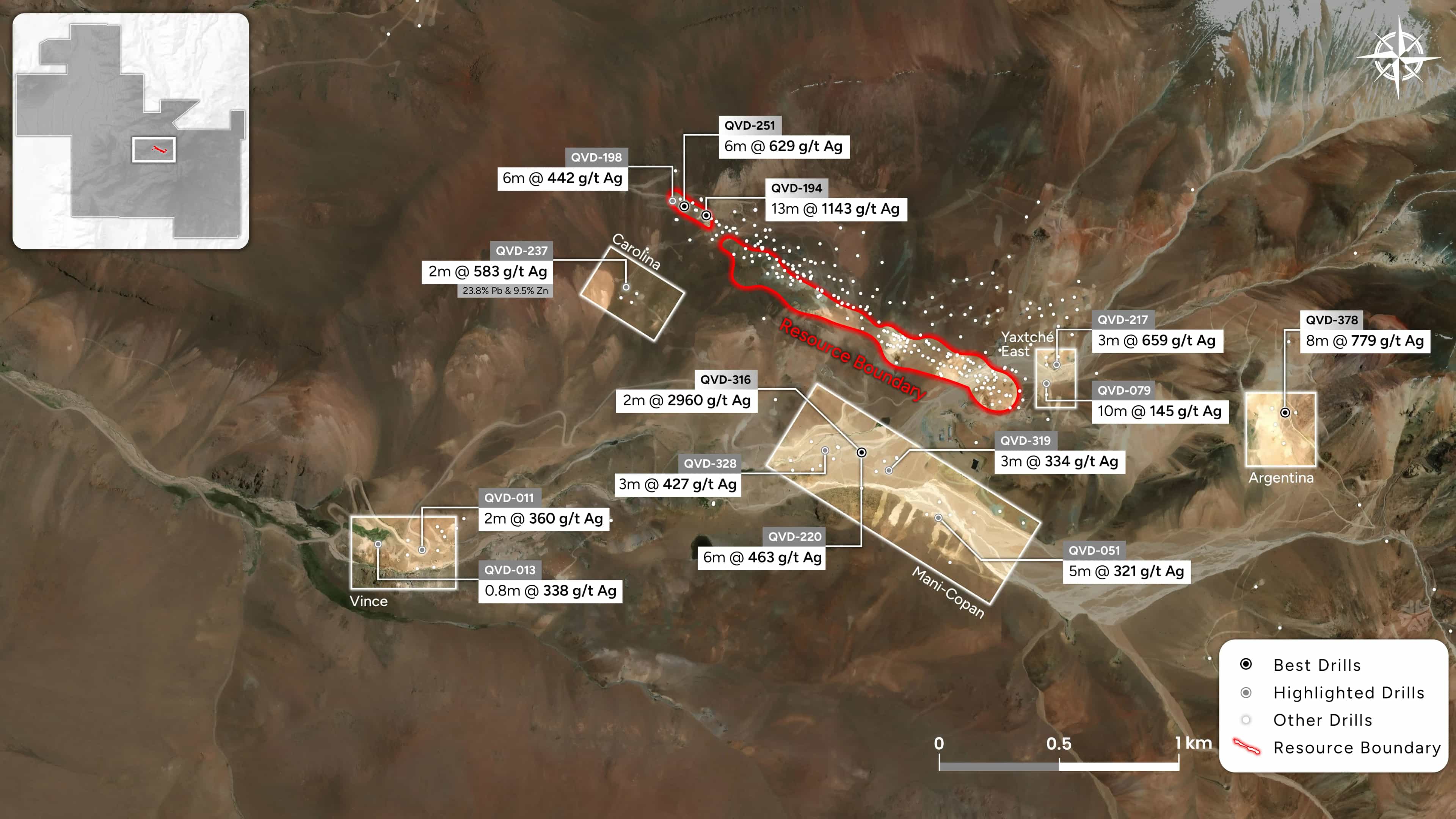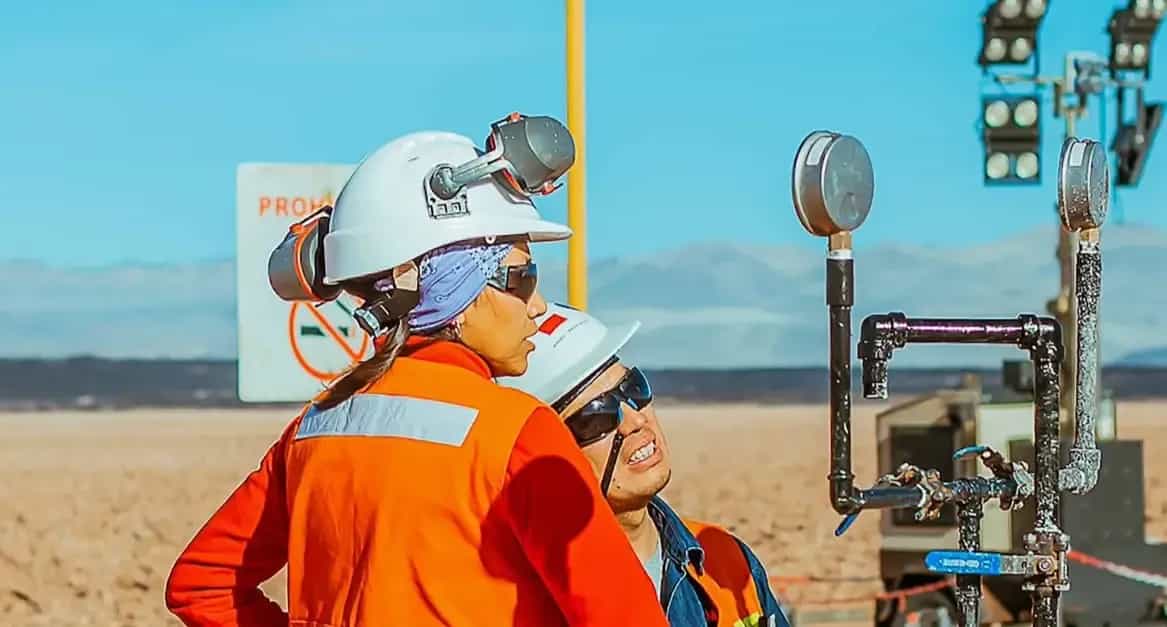A growing increase in advanced technological applications has turned a group of minerals into truly critical elements for technological progress. What can Argentina offer in this context?
By Alejandro Colombo, Panorama Minero
As the 80th anniversary of the end of World War II approaches, the events unfolding in Ukraine represent one of the most complex moments since the greatest global conflict ever recorded. Since Russia's large-scale invasion of Ukraine in 2022, the world has closely followed a war with an outcome that remains uncertain.
Since the fall of the Berlin Wall, a sharp geopolitical shift has taken place, marked by China's emergence as both an economic and military power. At the same time, history witnessed the disintegration of what was then the Soviet Union into 15 independent republics, with Russia remaining the most prominent in military, political, and economic terms. As Professor Fabián Calle pointed out last December during the Argentina Gold, Silver and Copper Seminar organized by PANORAMA MINERO, Russia is not currently an economic superpower—its GDP is lower than Brazil's—but it does possess a significant nuclear arsenal.
With two major economic superpowers—the U.S. and China—constantly clashing in the commercial arena in their quest for access to strategic resources to sustain economic growth, it’s worth pausing to recall the term “Chinese growth rates,” a phrase used to describe the double-digit growth figures that China, the world’s most populous country, experienced for many years.
A large part of China’s repositioning has been fueled by both domestic and foreign raw materials, including agricultural, livestock, energy, and—above all—mineral resources. The economic transformation has been so profound that, in the mining sector in particular, it has triggered a complete paradigm shift for companies, shaking the foundations of traditional markets that were historically centered on the U.S., Europe, and Japan. The mining industry has witnessed fierce battles between companies in mergers and acquisitions forms, all aimed at securing more minerals and metals to meet China’s demand—and, to a lesser extent, the demand of other emerging giants like India. This long list includes copper, rare earths, cobalt, lithium, nickel, and others, commonly referred to as critical elements.
The urgency of China’s mineral demand has led Chinese organizations to develop and launch projects across various continents in order to secure resources for economic transformation. The supply from Anglo-Saxon companies has proven insufficient. A prime example is Kamoa-Kakula, one of the largest copper discoveries in decades: located in the DRC (Democratic Republic of the Congo), the Canadian operator Ivanhoe Mines Ltd. has two Chinese firms—CITIC Metal and Zijin Mining —as its largest shareholders, holding a combined stake of around 30%-35%.
Recent History: NATO’s Eastward Expansion
Until the fall of the Berlin Wall in late 1989, NATO—the North Atlantic Treaty Organization—represented the military alliance between the United States, Canada, and Western European countries in opposition to its counterpart, the Warsaw Pact, led by the Soviet Union and its satellite states.
Following the disintegration of the Soviet empire, over the years, several countries from the former Eastern Bloc began joining NATO. Concrete examples include Poland, Hungary, the former Czechoslovakia (now the Czech Republic and Slovakia), Bulgaria, and Romania, as well as the former Soviet republics bordering the Baltic Sea—Estonia, Latvia, and Lithuania—and traditionally neutral countries like Sweden and Finland. Ukraine formally applied for membership in 2008, and by March 2018, NATO had recognized it as an aspirant country. A NATO at Russia’s doorstep?
During his first term, Donald Trump openly expressed dissatisfaction with NATO partners. According to the U.S. president, other member states were not investing enough in defense—a concern he has reiterated on several occasions since January 20, when he began his second term. According to DW, citing NATO data, the United States accounts for more than 65% of the alliance’s total defense spending. True to his style, Donald Trump has even threatened to withdraw the U.S. from NATO on multiple occasions. But how solid would NATO be without the United States?
Ukraine’s Mining Potential: Still to Be Confirmed
Following an unprecedented and intense exchange between Donald Trump and his Ukrainian counterpart, Volodymyr Zelensky, last February at the White House—during which the U.S. President accused the European leader of “playing with World War III”—March witnessed the beginning of a tentative agreement between both countries to develop Ukraine’s mineral resources.
Under this agreement, a post-war reconstruction fund for Ukraine would be established: Ukraine would allocate 50% of future revenues generated from state-owned mineral and energy resources. For the United States, the deal would represent an opportunity to gain access to various Ukrainian mineral assets, many of which are included in the list of “critical elements” compiled by the U.S. Department of State in recent years (Chart 1).
 Chart 1 – List of Critical Elements for the 2025–2035 Period, compiled by the USGS (United States Geological Survey – 2024)
Chart 1 – List of Critical Elements for the 2025–2035 Period, compiled by the USGS (United States Geological Survey – 2024)
Before answering the question “How developed are Ukraine’s mineral resources?”, it is important to clarify that a large portion of the country’s coal resources are already located in areas currently controlled by Russian armed forces—particularly the regions of Donetsk and Luhansk.
That being said, Ukraine’s subsoil hosts a diverse range of mineralization, including several elements classified as critical minerals by the U.S. Department of State for the 2025–2035 period. Specific examples include rare earth elements, lithium, graphite, as well as beryllium, iron, manganese, titanium, zirconium, and uranium.
Whether Ukraine’s mineral resources could eventually contribute to the U.S. supply of critical minerals remains uncertain. The USGS does not currently report the presence of rare earth elements in Ukraine—neither as resources nor as reserves. In light of this, a long path of scientific and technical development is required to determine whether existing mineralization is economically viable for future recognition, quantification, extraction, and final processing.
Strategic Minerals – Argentina’s Status
There is no doubt that Argentina has become one of the major players in the lithium sector over the past decades. With the salt flats of the northwest (NOA region) as key hubs, the country currently hosts five active production centers—Fénix, Olaroz, Cauchari-Olaroz, Centenario-Ratones, and Mariana—alongside a long pipeline of projects at various stages of development. The strong commitment shown by multinational Rio Tinto through its acquisition of Arcadium clearly reflects the quality of Argentina’s projects—such as Fenix, Olaroz, and Sal de Vida—and the importance of lithium as one of the crown jewels in the Anglo-British company’s portfolio.
Total lithium production reached 240,000 tonnes in 2024, well above the 107,000 tonnes reported in 2023. At present, Argentina accounts for 8% of global production; together with Australia, Chile, and China, the country represents approximately 195,000 tonnes, or 80% of the global total (Chart 2).
The USGS has estimated global lithium reserves at around 30 million tonnes (MT). Within this context, Argentina contributes approximately 4 MT, or 13% of the currently identified total. In line with production figures, Argentina, Australia, China, and Chile collectively account for 75% of the world’s known reserves (Chart 3).
 Chart 2 – Global Lithium Production (2024), in tonnes (Source: USGS – 2024)
Chart 2 – Global Lithium Production (2024), in tonnes (Source: USGS – 2024)
 Chart 3 – Global Lithium Reserves (2024), in million tonnes (Source: USGS – 2024)
Chart 3 – Global Lithium Reserves (2024), in million tonnes (Source: USGS – 2024)
As with lithium, another series of highly sought-after minerals for their unique properties share a distinguishing feature: few countries account for their production and reserves (Table 1).
 Tabla 1 – Producción y reservas de minerales estratégicos (Fuente: USGS –2024)
Tabla 1 – Producción y reservas de minerales estratégicos (Fuente: USGS –2024)
The SEGEMAR (Argentine Geological Mining Service) has reported the following cobalt-bearing deposits:
• Las Águilas: 4.6 million tonnes [0.41% nickel – 0.03% cobalt] – San Luis Province
• King Tut: 0.02 million tonnes [4 g/t gold; 0.91% cobalt; 2-28 g/t silver] – La Rioja Province
• La Niquelina-Esperanza District: 0.05 million tonnes [5.9 g/t gold; 0.83% nickel; 2-5% lead; 0.47-1.76% cobalt] – Salta Province
Regarding nickel, the scientific body has reported the following deposits containing this mineral:
• Las Águilas: 4.6 million tonnes [0.41% nickel; 0.03% cobalt] – San Luis Province
• La Niquelina: 0.05 million tonnes [5.9 g/t gold; 0.83% nickel; 2-5% lead; 0.47-1.76% cobalt] – Salta Province
• San Santiago: 0.01 million tonnes [0.046% nickel; 0.16% uranium] – La Rioja Province
• Fiambalá – Catamarca Province
Finally, regarding the so-called rare earth elements, deposits have been identified in the alkaline rocks of Salta, Jujuy, and San Luis, with additional mentions in Santiago del Estero. SEGEMAR reports the following deposits:
• Rodeo de los Molles: 5.6 million tonnes [2.1% TREO] – San Luis Province
• Rangel District: 5 million tonnes [0.5% TREO] – Salta Province
• Jasimampa – Santiago del Estero Province
In conclusion, the conflict between Russia and Ukraine has no definitive end date but has undoubtedly disrupted the European order with international ramifications. With a world in turmoil and geopolitics in constant flux, Argentina could take advantage of this scenario to offer its minerals, given the limited supply and constantly growing demand. In addition to the already mentioned lithium, cobalt, nickel, and rare earth elements, the U.S. Department of State has repositioned copper as a near-critical element through 2035 (Chart 1). Currently, the red metal is positioned as the main offering of Argentina’s mining sector in the short and medium term.

